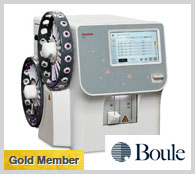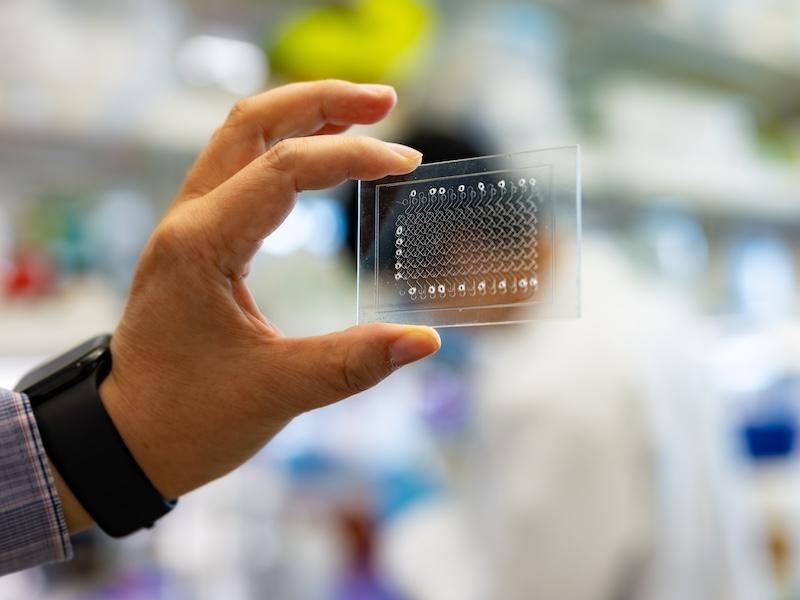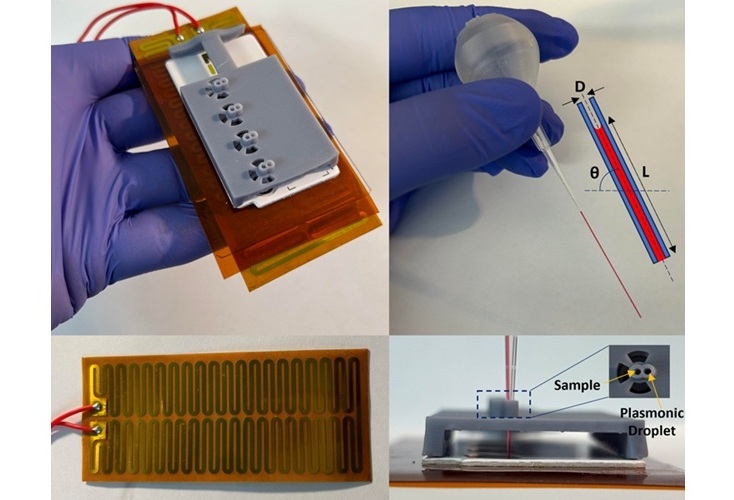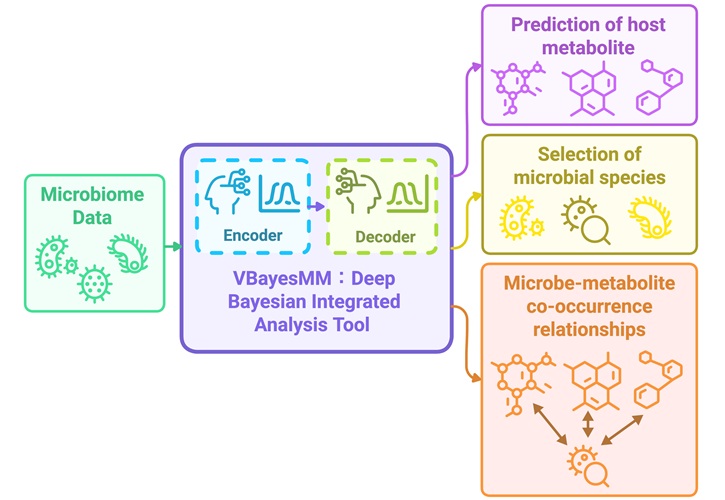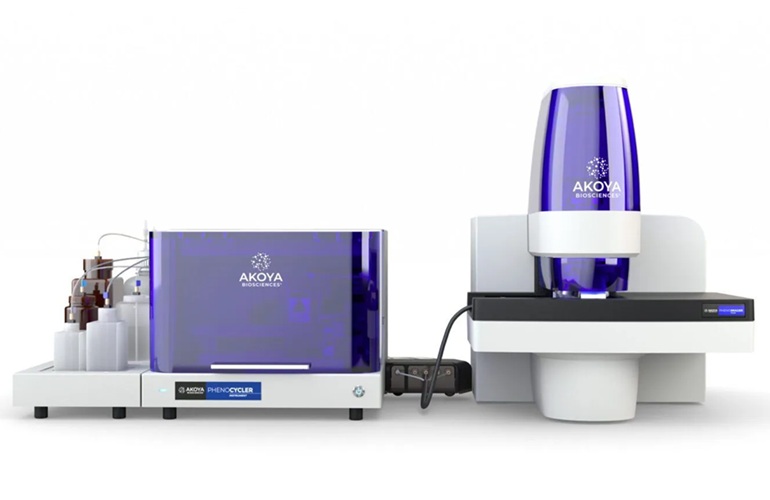Abbott Showcases Next-Generation Alinity Family of Systems at AACC 2020 Virtual Event
|
By LabMedica International staff writers Posted on 15 Dec 2020 |

Image: Alinity Family of Systems (Photo courtesy of Abbott)
Abbott (Lake Forest, IL, USA) showcased leading-edge technology at its virtual booth at 2020 AACC Annual Scientific Meeting with demonstrations of the company’s innovative systems, automation and informatics.
At the all virtual 2020 AACC held on December 13-17, Abbott demonstrated its next-generation Alinity family of systems across key laboratory disciplines designed to simplify diagnostics and help deliver results that drive better patient outcomes. Attendees to Abbott’s virtual booth experienced the company’s Alinity ci-series integrated clinical chemistry and immunoassay system, the Alinity h-series integrated hematology system and the Alinity m molecular system.
The Alinity series helps to easily adapt to the unpredictability of changing laboratory volume with scalable systems and multiple track connectivity options across Alinity platforms. The flexible, scalable systems allow easy addition of modules as lab volume grows over time, without having to replace any system. And with open automation and IT connectivity options such as Instrument Manager and AlinIQ BIS, a personalized solution can be designed for the entire laboratory. All this helps labs respond to the changing needs of the market and the community.
Alinity leverages powerful technology to redefine and improve operational productivity in the laboratory. Alinity allows users to more efficiently and effectively address limited space and increasing demand in their laboratory. Alinity has been designed to maximize the throughput in a more compact footprint. Additionally, Alinity allows staff more walkaway time, so they can focus on other critical tasks.
Alinity helps labs continually provide consistent, high-quality service and results through error-proof design elements and proven technology that minimize the frustration of repeat testing, system downtime, and medical errors. Additionally, labs can rely on Abbott’s high-quality assays with proven technology harmonized to CLSI guidelines, ensuring clear performance parameter definitions. And with predictive system monitoring through AlinIQ Always On, Abbott’s professional services can proactively monitor the health of the systems and help labs avoid unexpected downtime.
At the all virtual 2020 AACC held on December 13-17, Abbott demonstrated its next-generation Alinity family of systems across key laboratory disciplines designed to simplify diagnostics and help deliver results that drive better patient outcomes. Attendees to Abbott’s virtual booth experienced the company’s Alinity ci-series integrated clinical chemistry and immunoassay system, the Alinity h-series integrated hematology system and the Alinity m molecular system.
The Alinity series helps to easily adapt to the unpredictability of changing laboratory volume with scalable systems and multiple track connectivity options across Alinity platforms. The flexible, scalable systems allow easy addition of modules as lab volume grows over time, without having to replace any system. And with open automation and IT connectivity options such as Instrument Manager and AlinIQ BIS, a personalized solution can be designed for the entire laboratory. All this helps labs respond to the changing needs of the market and the community.
Alinity leverages powerful technology to redefine and improve operational productivity in the laboratory. Alinity allows users to more efficiently and effectively address limited space and increasing demand in their laboratory. Alinity has been designed to maximize the throughput in a more compact footprint. Additionally, Alinity allows staff more walkaway time, so they can focus on other critical tasks.
Alinity helps labs continually provide consistent, high-quality service and results through error-proof design elements and proven technology that minimize the frustration of repeat testing, system downtime, and medical errors. Additionally, labs can rely on Abbott’s high-quality assays with proven technology harmonized to CLSI guidelines, ensuring clear performance parameter definitions. And with predictive system monitoring through AlinIQ Always On, Abbott’s professional services can proactively monitor the health of the systems and help labs avoid unexpected downtime.
Latest AACC 2020 News
- All Virtual 2020 AACC Uses Artificial Intelligence to Connect Exhibitors and Attendees
- Greiner Bio-One Showcases VACUETTE Virus Stabilization Tube for Transport and Storage of COVID-19 Swab Samples
- Stago Diagnostics Transforms Hemostasis with Innovations at AACC 2020 Virtual Event
- Roche Announces Newest Additions to Cobas Family of Analyzers at AACC 2020 Virtual Event
- Seegene Highlights High-Throughput, Single Tube 8-Plex RT-PCR Test for Flu A, Flu B, RSV and COVID-19 with Dual Internal Controls
- Mindray Showcases Total Automated, Scalable Laboratory Solutions for Improving Workflow, Efficiency and Standardization of High Volume Labs
- Beckman Coulter Displays Multidisciplinary Instruments Organized by Size and Workflow Needs in State-of-the-Art 3D Showrooms
- GenScript Demonstrates High-Throughput Measurement of Neutralization Antibody Titers in Serum Samples from SARS-CoV-2 Infected Patients
- Siemens Demonstrates Groundbreaking, New Innovations in Imaging, Diagnostics and Therapy at AACC 2020 Virtual Event
- Tell Me About It
- Management Skills for Early Career Professionals
- Regulatory Readiness: Tips for Surviving Surveys and Staying in Compliance
- The New and the Next in Brain Health Biomarkers
- The COVID-19 Pandemic: Primed and Prepared
- Content Across the Gamut
Channels
Clinical Chemistry
view channel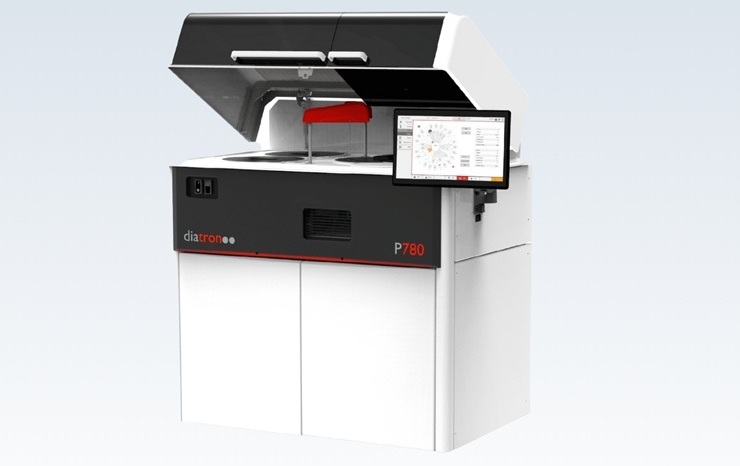
New Clinical Chemistry Analyzer Designed to Meet Growing Demands of Modern Labs
A new clinical chemistry analyzer is designed to provide outstanding performance and maximum efficiency, without compromising affordability, to meet the growing demands of modern laboratories.... Read more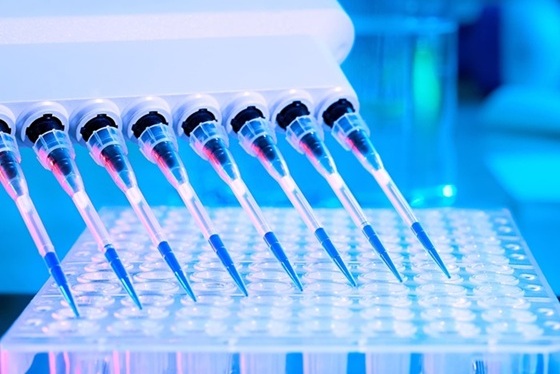
New Reference Measurement Procedure Standardizes Nucleic Acid Amplification Test Results
Nucleic acid amplification tests (NAATs) play a key role in diagnosing a wide range of infectious diseases. These tests are generally known for their high sensitivity and specificity, and they can be developed... Read moreMolecular Diagnostics
view channel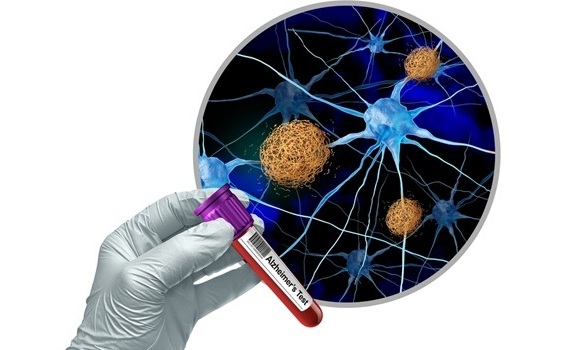
Blood-Based Biomarkers Could Detect Alzheimer's as Early as Middle Age
As the global population ages, Alzheimer's disease and other dementing diseases are becoming more prevalent. The disease processes leading to Alzheimer's symptoms can begin years or even decades before... Read more
RNA Screening Test Could Detect Colon Polyps Before They Become Cancerous
Colorectal cancer has become a growing health crisis, especially as it increasingly affects younger adults in their 20s, 30s, and 40s, while screening rates remain low. Colorectal cancer is now the leading... Read more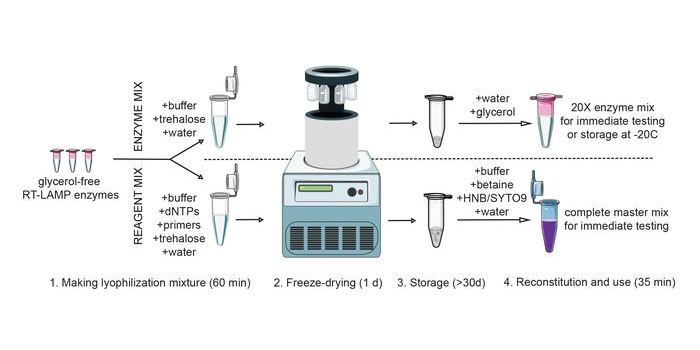
New RT-LAMP Assay Offers Affordable and Reliable Pathogen Detection for Resource-Limited Settings
The high cost and logistical complexities associated with rapid, point-of-care tests have long hampered widespread access to molecular diagnostics, especially in low- and middle-income countries.... Read moreHematology
view channel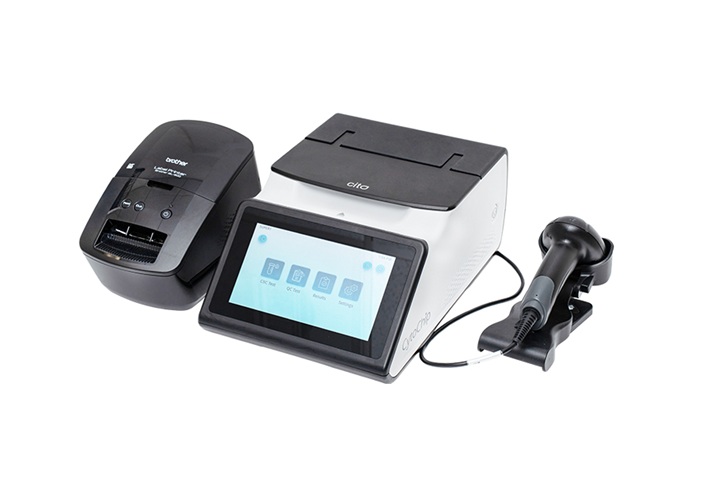
Disposable Cartridge-Based Test Delivers Rapid and Accurate CBC Results
Complete Blood Count (CBC) is one of the most commonly ordered lab tests, crucial for diagnosing diseases, monitoring therapies, and conducting routine health screenings. However, more than 90% of physician... Read more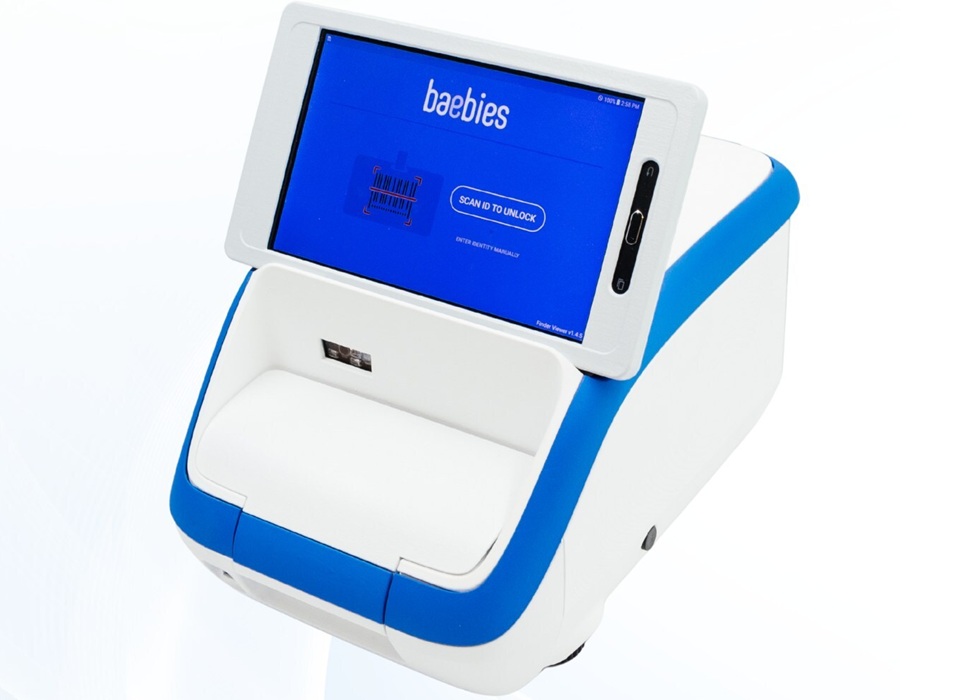
First Point-of-Care Heparin Monitoring Test Provides Results in Under 15 Minutes
Heparin dosing requires careful management to avoid both bleeding and clotting complications. In high-risk situations like extracorporeal membrane oxygenation (ECMO), mortality rates can reach about 50%,... Read moreImmunology
view channel
Evolutionary Clinical Trial to Identify Novel Biomarker-Driven Therapies for Metastatic Breast Cancer
Metastatic breast cancer, which occurs when cancer spreads from the breast to other parts of the body, is one of the most difficult cancers to treat. Nearly 90% of patients with metastatic cancer will... Read more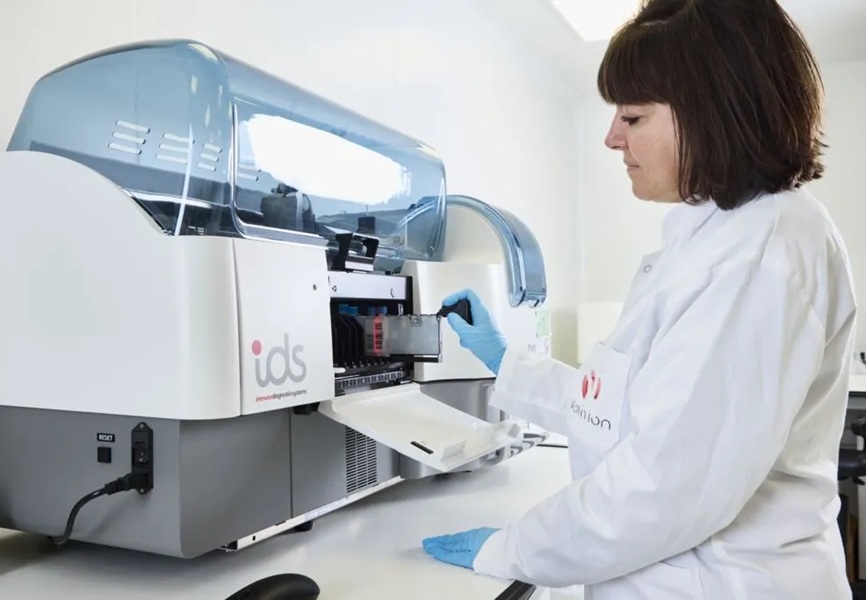
Groundbreaking Lateral Flow Test Quantifies Nucleosomes in Whole Venous Blood in Minutes
Diagnosing immune disruptions quickly and accurately is crucial in conditions such as sepsis, where timely intervention is critical for patient survival. Traditional testing methods can be slow, expensive,... Read moreMicrobiology
view channel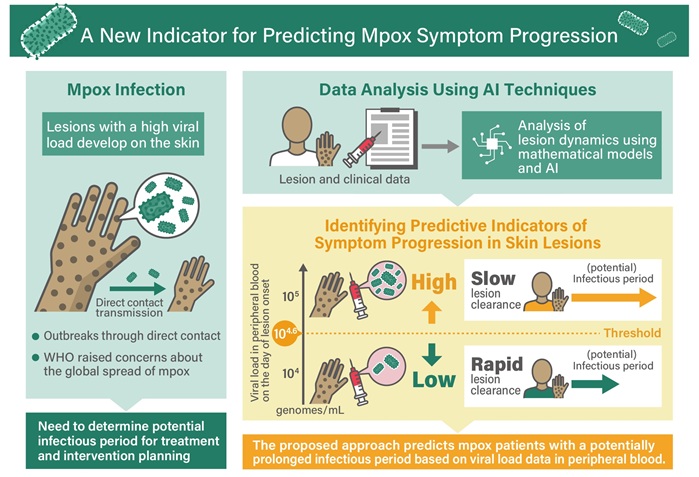
Viral Load Tests Can Help Predict Mpox Severity
Mpox is a viral infection that causes flu-like symptoms and a characteristic rash, which evolves significantly over time and varies between patients. The disease spreads mainly through direct contact with... Read more
Gut Microbiota Analysis Enables Early and Non-Invasive Detection of Gestational Diabetes
Gestational diabetes mellitus is a common metabolic disorder marked by abnormal glucose metabolism during pregnancy, typically emerging in the mid to late stages. It significantly heightens the risk of... Read morePathology
view channel
Novel Method Tracks Cancer Treatment in Cells Without Dyes or Labels
Multiple myeloma is a blood cancer that affects plasma cells in the bone marrow, leading to abnormal protein production, weakened immunity, and organ damage. Traditional methods for evaluating myeloma... Read more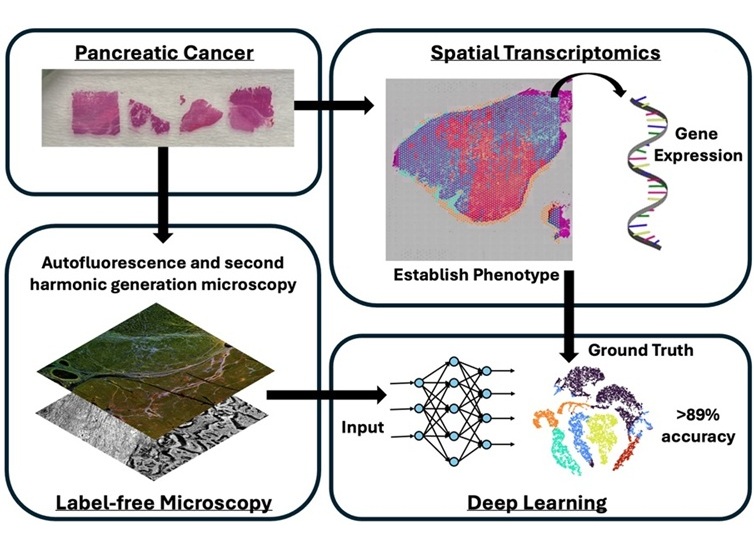
New AI-Based Method Effectively Identifies Disease Phenotypes Using Light-Based Imaging
Precision medicine, where treatment strategies are tailored to a patient's unique disease characteristics, holds great promise for cancer therapy. However, identifying disease phenotypes, which are critical... Read more
AI Accurately Predicts Genetic Mutations from Routine Pathology Slides for Faster Cancer Care
Current cancer treatment decisions are often guided by genetic testing, which can be expensive, time-consuming, and not always available at leading hospitals. For patients with lung adenocarcinoma, a critical... Read moreTechnology
view channel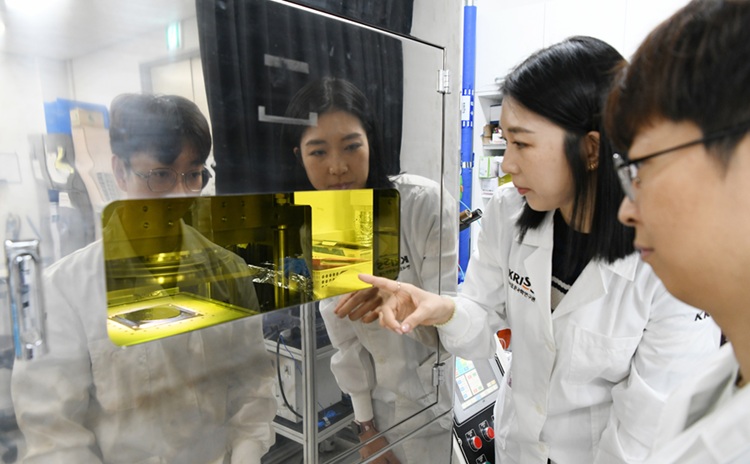
Multifunctional Nanomaterial Simultaneously Performs Cancer Diagnosis, Treatment, and Immune Activation
Cancer treatments, including surgery, radiation therapy, and chemotherapy, have significant limitations. These treatments not only target cancerous areas but also damage healthy tissues, causing side effects... Read more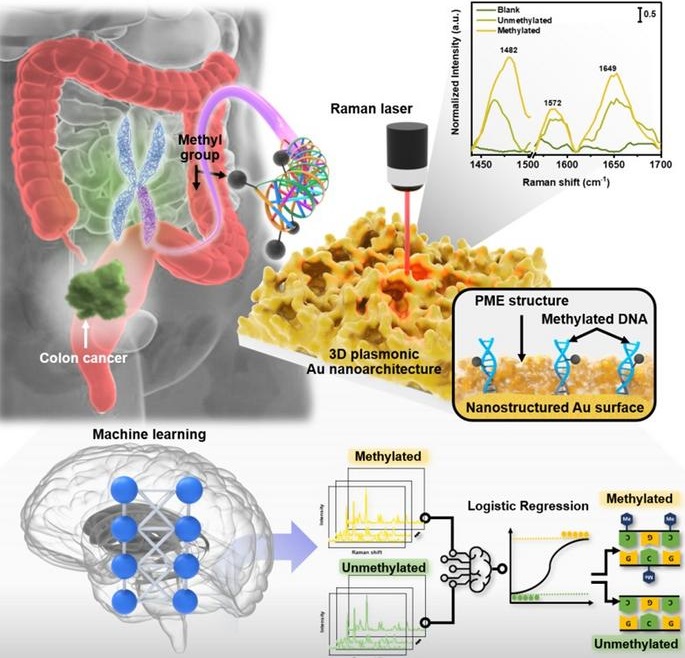
Ultra-Sensitive Biosensor Based on Light and AI Enables Early Cancer Diagnosis
Cancer diagnosis is often delayed due to the difficulty in detecting early-stage cancer markers. In particular, the concentration of methylated DNA in the bloodstream during the early stages of cancer... Read moreIndustry
view channel
BD Biosciences & Diagnostic Solutions to Merge with Waters
BD (Becton, Dickinson and Company, Franklin Lakes, NJ, USA) and Waters Corporation (Milford, MA, USA) have entered into a definitive agreement to combine BD's Biosciences & Diagnostic Solutions... Read more







